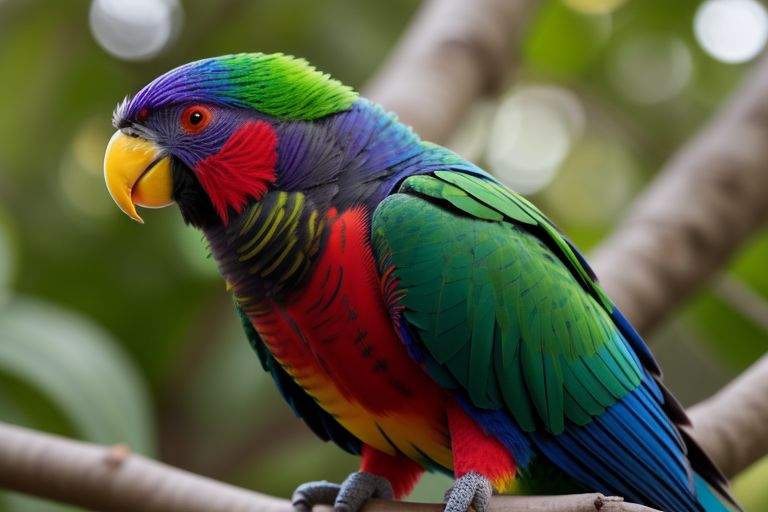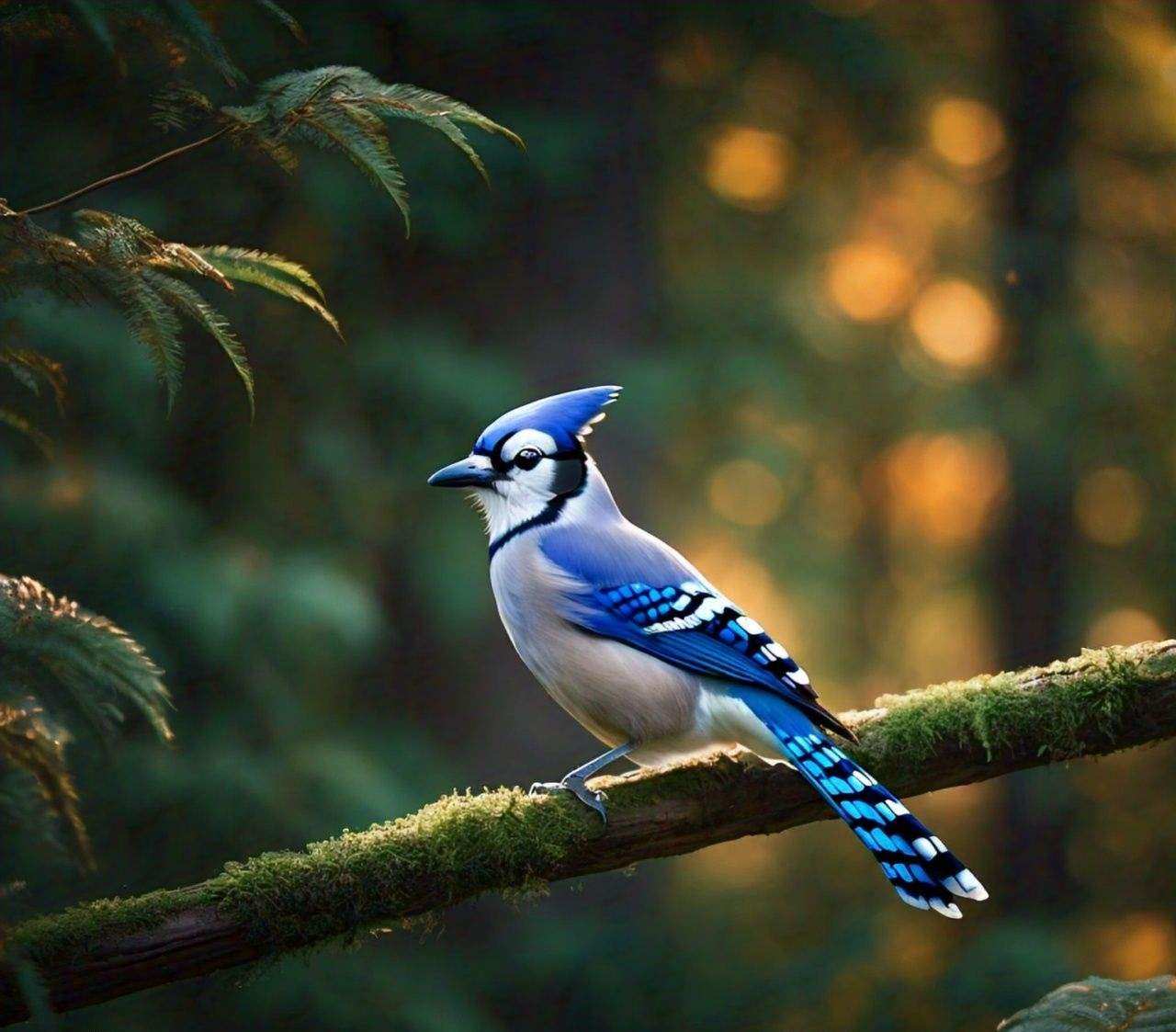
With its striking blue and white feathers, the blue jay is a beloved and recognizable bird species in North America. Known for its intelligence, boldness, and complex social behavior, the blue jay is a fascinating creature that has captivated the hearts of many bird enthusiasts and nature lovers.
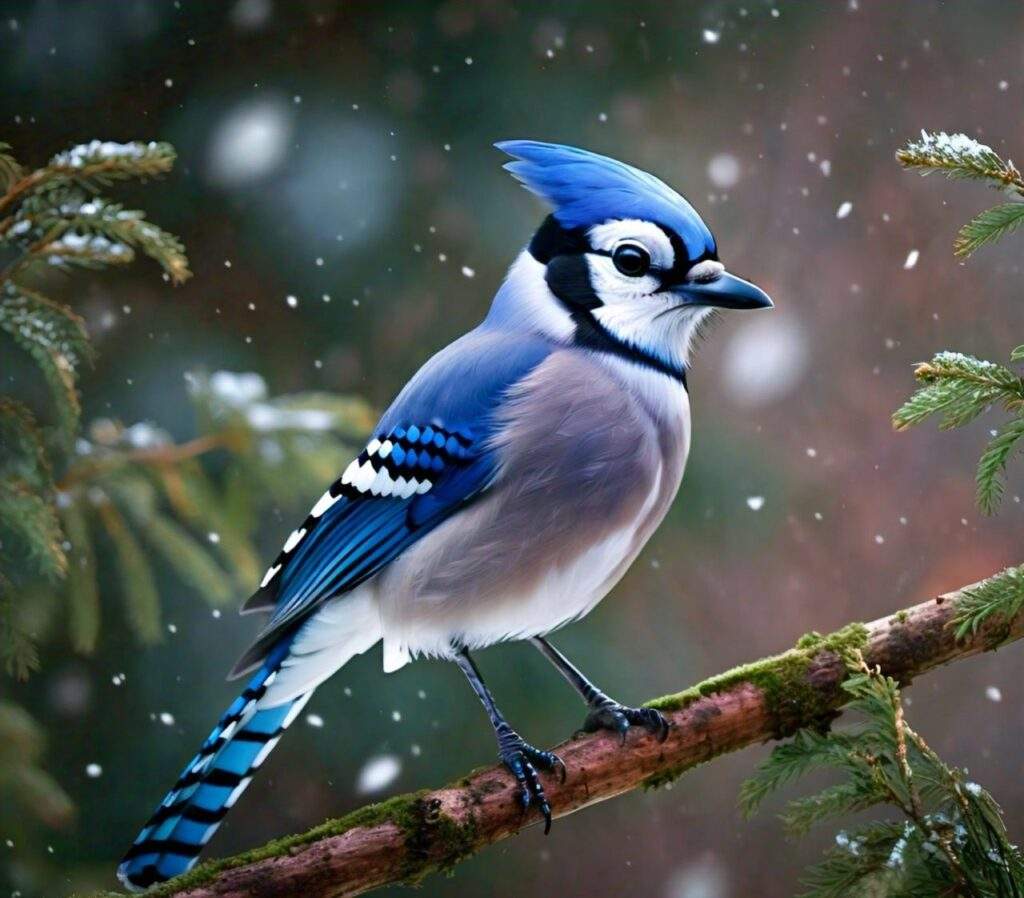
Physical Characteristics
The blue jay is a medium-sized bird, measuring between 10 and 12 inches in length, with a distinctive blue and white coloration. Its bright blue back and wings are contrasted with a white belly and face, while its black necklace-like collar adds a touch of elegance to its appearance. Its crest, which can be raised or lowered at will, is another distinctive feature of this bird.
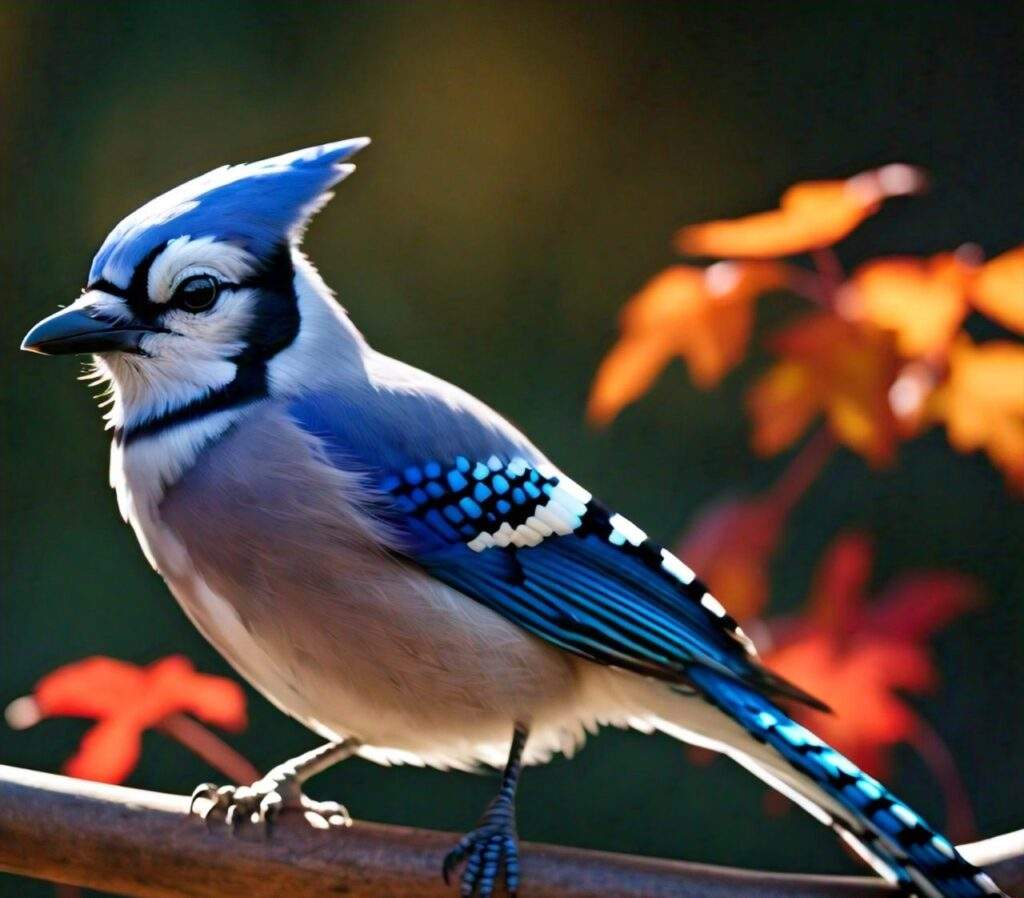
Intelligence and Behavior
The blue jay is renowned for its intelligence and problem-solving abilities. It has been observed using tools to obtain food, such as sticks to dig up grubs and rocks to crack open nuts. Its complex social behavior is also noteworthy, with blue jays often forming long-term monogamous relationships and engaging in playful and cooperative behavior with other birds.
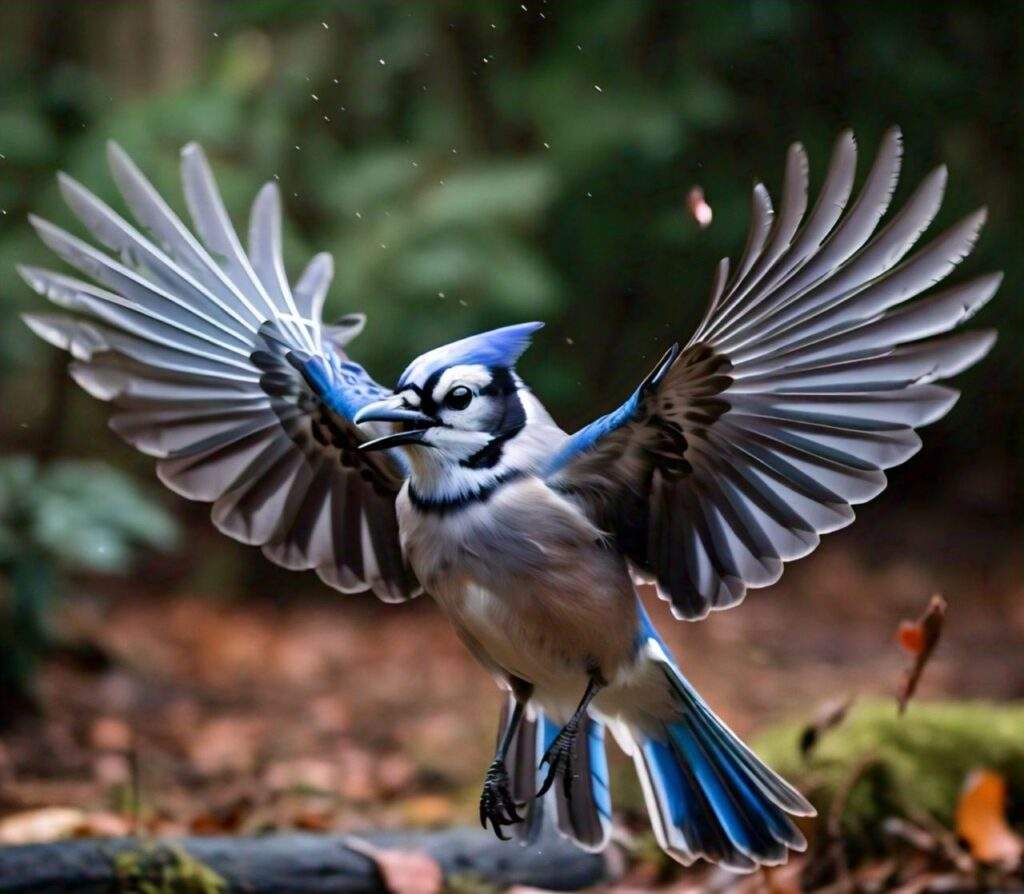
Habitat and Diet
Blue jays are found in a variety of habitats, including forests, woodlands, and urban areas, and are native to eastern and central North America. Their diet is omnivorous, consisting of seeds, nuts, fruits, insects, and small vertebrates.
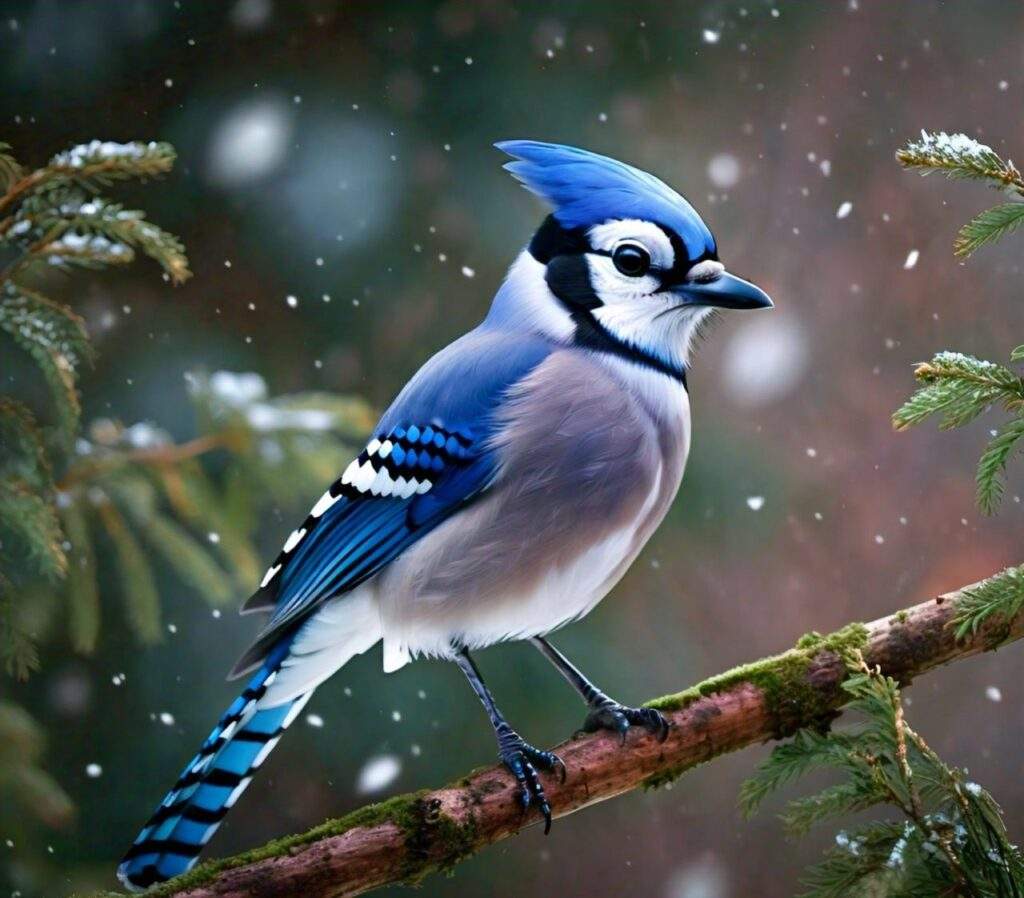
Conservation Status
The blue jay is listed as Least Concern on the International Union for Conservation of Nature (IUCN) Red List, although its populations are declining in some areas due to habitat loss and fragmentation.
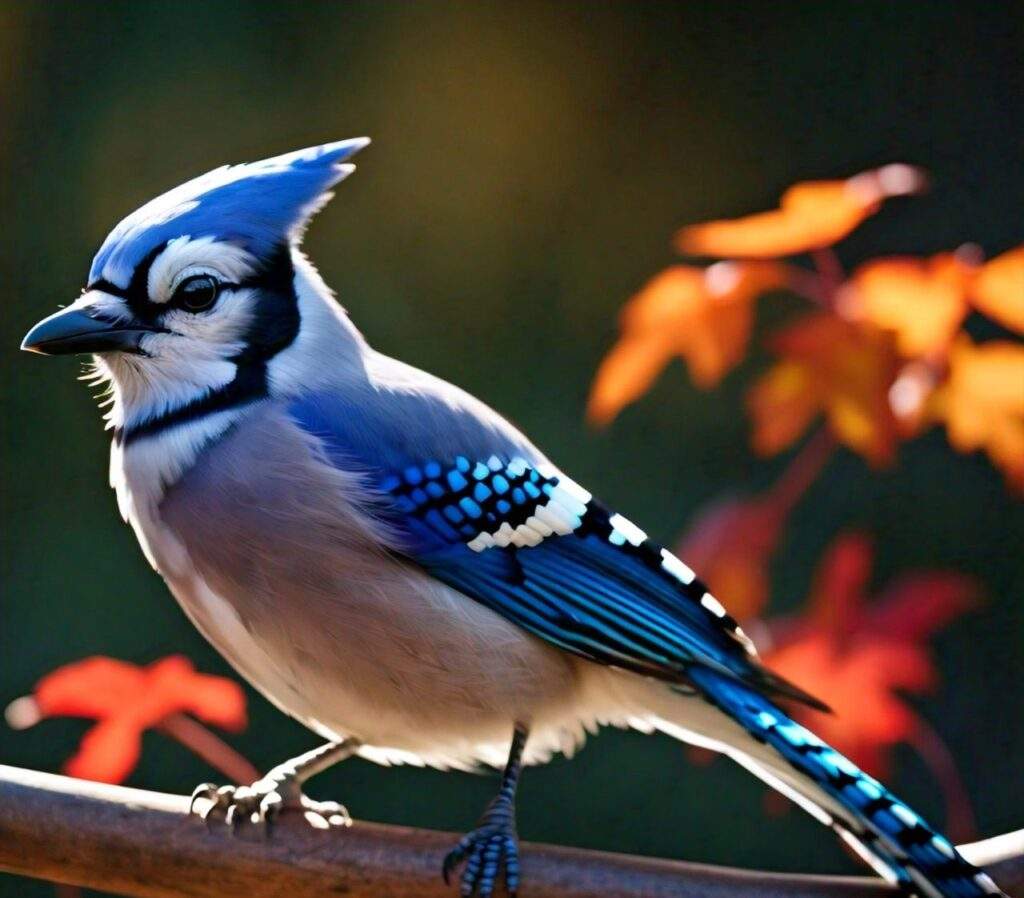
Interesting Facts
– Blue jays are known for their distinctive calls, which sound like a loud, clear “jay-jay-jay.”
– They are skilled mimics and can imitate the calls of other birds and even some mechanical sounds.
– Blue jays are important seed dispersers and play a vital role in the ecosystem.
– They are also known for their bold and curious nature, often approaching humans in search of food.
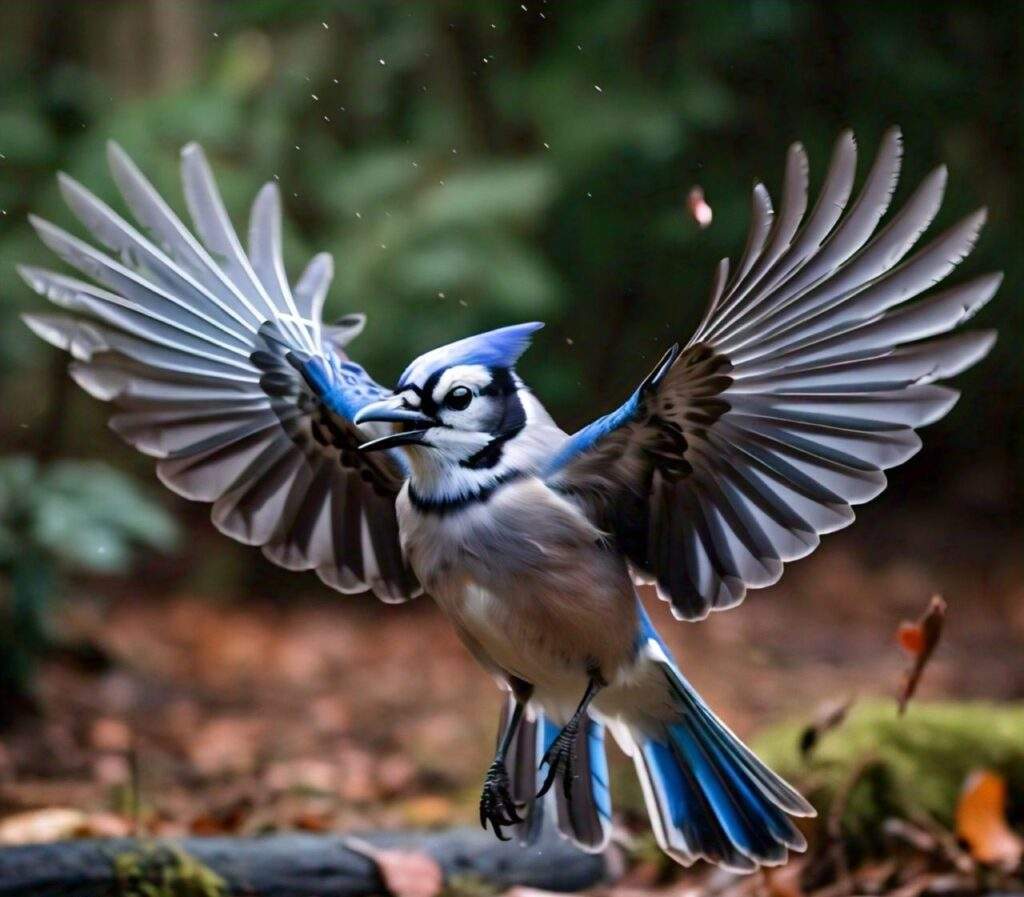
Conclusion
The blue jay is a remarkable bird species that continues to fascinate and delight people of all ages. Its intelligence, beauty, and complex behavior make it a valuable addition to any ecosystem, and its conservation is essential for maintaining the health and diversity of our natural world.



